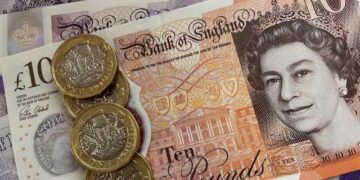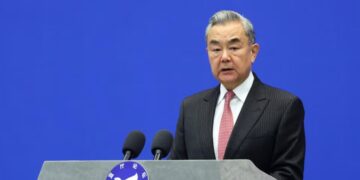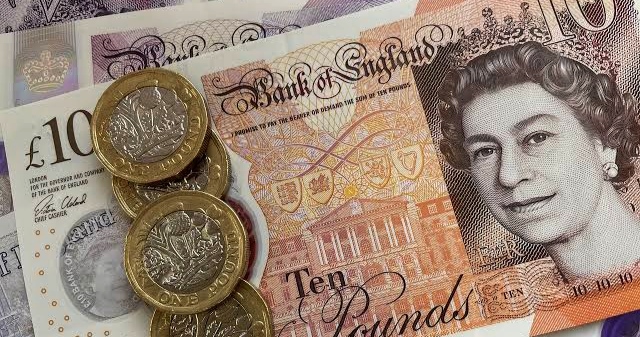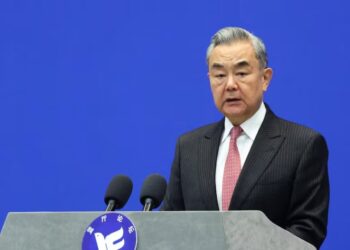By John Ikani
UK inflation hit a new 40-year high in June as fuel and food prices continue to soar, official data showed Wednesday.
Figures from the Office for National Statistics (ONS) showed the government’s preferred measure of the cost of living – the consumer prices index – jumped to 9.4% from May’s 9.1% figure.
The most significant contributors to the rising inflation were a 42% year-on-year rise in petrol prices and an almost 10% increase in food prices.
Wednesday’s data supported analysts’ suggestions that the Bank of England’s (BoE) Monetary Policy Committee could consider a 50 basis-point interest rates hike at its August policy meeting, which would be the biggest since 1995.
This would constitute the U.K.’s biggest single increase in interest rates for nearly 30 years, and BOE Governor Andrew Bailey Bailey vowed that there would be “no ifs or buts” in the Bank’s commitment to return inflation to its 2% target.
“From the perspective of monetary policy, these times are the largest challenge to the monetary policy regime of inflation targeting that we have seen in the quarter century since the MPC was created in 1997,” Bailey said.
“That emphatically does not mean the regime has failed. Far from it. The regime was set up for times exactly like these. The regime, founded on central bank independence, is now more important than ever. The worth of any regime is tested in the difficult, not the nice, times.”
The Bank expects inflation to peak at around 11% later in the year, while new ONS figures Tuesday showed that real wages in the U.K. over the three months to May experienced their steepest decline since records began in 2001, as pay increases failed to draw close to the inflation rate.
“The intense cost of living squeeze is putting significant pressure on the UK’s consumer-led economy and means the risk of recession is high,” said Hussain Mehdi, macro and investment strategist at HSBC Asset Management.
“Nevertheless, the Bank of England is likely to remain in uber-hawkish mode as it attempts to counter the risk of a wage-price spiral developing with recent data suggesting a still hot labor market that is contributing to domestic inflationary pressures.”


































